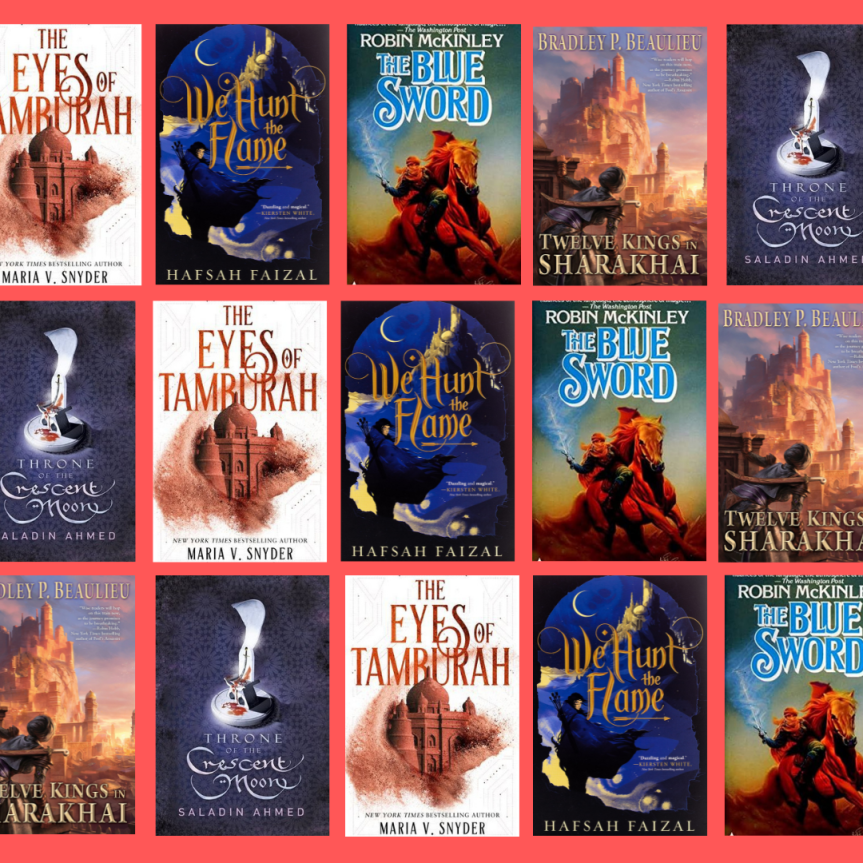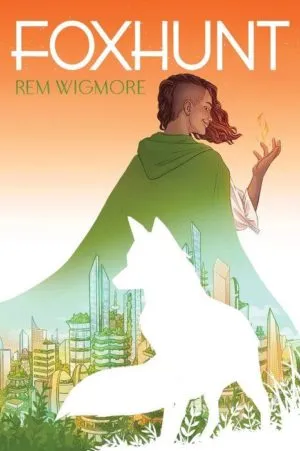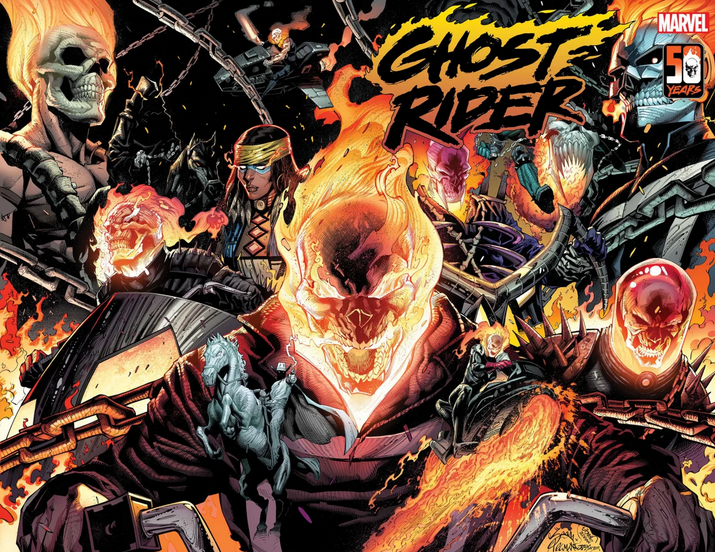I’m a big fan of Sam J. Miller’s work, particularly his short stories. They’re always poignant and something I find myself coming back to read more than once.
One story I really love is “Making Us Monsters”, which Miller co-wrote with Lara Elena Donnelly for Uncanny Magazine in 2017. It’s a heart-wrenching novelette about Wilfred Owen and Siegfried Sassoon during WWI, and is definitely worth a read.
However, a story I’ve come back to more than a few times is “Shattered Sidewalks of the Human Heart” which appeared in Clarkesworld Magazine in 2019. And I’d like to try and uncover why.
Some Context
“Shattered Sidewalks of the Human Heart” made its appearance in Clarkesworld Magazine’s 154 issue, and was later included in The Year’s Best Dark Fantasy and Horror.
The story takes place in New York City in the 1930s, and in this reality, King Kong is real. Or, was real.
The events and characters of the 1933 film King Kong are all factual and real in this world, running alongside the actual history of German aggression in Poland and the Great Depression in the US.
Aside from the fact that Kong was real—having climbed the Empire State Building, been shot, fallen, and died—the rest of the world is very similar to our own. The story revolves around the change in mindset of the American people after Kong’s death, and Miller contrasts that with the horrible history of the Third Reich across the Atlantic.
Why the Story Is So Compelling
The story starts with Solomon the taxi driver picking up Ann Darrow on a Friday night in downtown New York. This is the same Ann Darrow that ventures to Skull Island and befriends Kong. The same Ann Darrow who was in Kong’s grasp as he climbed the Empire State building.
We quickly become acquainted with the two characters. Solomon is a liminal space, as a Jew and a homosexual in the 1930s, and Darrow is disillusioned by all that surrounds her.
And right out of the gate, Miller makes it clear that there’s a connection between the American collective, Kong’s death, and the rise of fascism in Europe, but we’ll get to that in a bit.
Part of the reason I like this story so much is because it’s complex. On the surface, it’s might seem like it’s just a new take on a movie from a long time ago. But underneath, Miller really hints at the American mindset and succeeds in characterizing New York City in a way I’ve never seen done before.
Sure, we’ve all seen the movies where the gruff New Yorkers come together to defend their city or something like that, but in the wake of Kong’s demise, Miller’s New Yorkers release a collective wail.
At one point, Solomon thinks, “Which one of us wasn’t Kong, a king among ants even as they destroyed us?” Living in the Depression, embedded in a broken system, really solidified the togetherness of these people, and when an event like Kong took place, it solidified the community.
But in the same sense, Kong’s death and the subsequent events solidified both Solomon and Darrow’s hatred for the city.

A Love/Hate Relationship
There’s a lot of polarizing emotions going on in this story. Solomon pinpoints the feeling when he agrees with Darrow about hating New York, but follows up by saying “even if I also love it.”
On the one side of the spectrum, people changed their ways after Kong’s death. A large portion of the population became vegetarians after Kong’s death and animal abuse legislation was fast-tracked. But at the same time, people “changed in bad ways too.” City officials refused to reimburse anyone for property damage caused by Kong and the new wave of vegetarianism put slaughterhouse employees out of work.
Toss that on top of the Depression era suffering, the whole scenario was a wash in emotions. Kong’s plight was in many ways representative of the millions of people who felt cheated and forgotten by the powers that be. And Kong’s death was yet another example of how the “rich men fucked up.”
But, in classic Miller style, it’s more than just a love/hate relationship with the city. Solomon and Darrow both run through the gamut of emotions.
Darrow, a once popular actress, was no longer able to put up with the glitz, glamour, or shallow nature of the New York elite. And Solomon, shunned in so many ways, sees himself as a monster and an outcast without a voice. His three grandparents are still in Poland, hiding from Hitler’s Nazi invasion while America stands by and watches.
I’m not really sure how I can express what all these things do when they’re pulled together on the same page. The parallelism between Kong, the city, and the dynamic between Solomon and Darrow all work together in a unique way. It’s eerie, and I’m still going to keep reading this story until I can pinpoint exactly what it is that makes it so interesting.
Conclusion
But what I do know is that today, more than ever, this story speaks out.
The fact that New Yorkers—well, most of them—can come together over this “act of God”, and see Kong as more than just a giant monster seems almost shallow compared to the genuine plea for help from Jews in Poland.
What does it take for Americans to join together and make a difference? Sure, animal rights are important, but why couldn’t they recognize that there were more important things to deal with across the ocean?
And the same goes for today. I look at the news and I think about the situation in Ukraine. What must happen for us to stand up and demand action? Must another King Kong climb the Empire State Building and be shot out of the sky for us to do something?
This is not so much a political question as it is a question over American ideals. What compels us to fight for certain things over others that seem far more pressing? Perhaps reading “Shattered Sidewalks of the Human Heart” again will give me a better idea.














